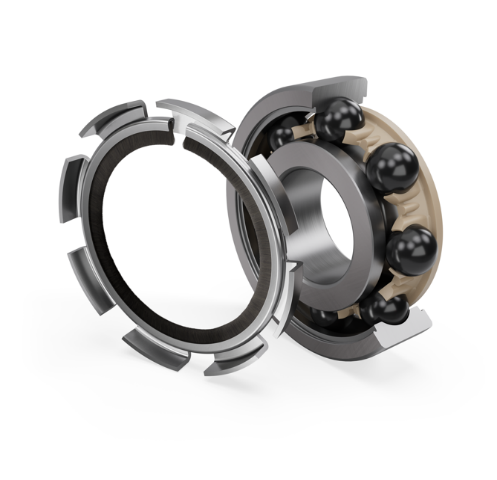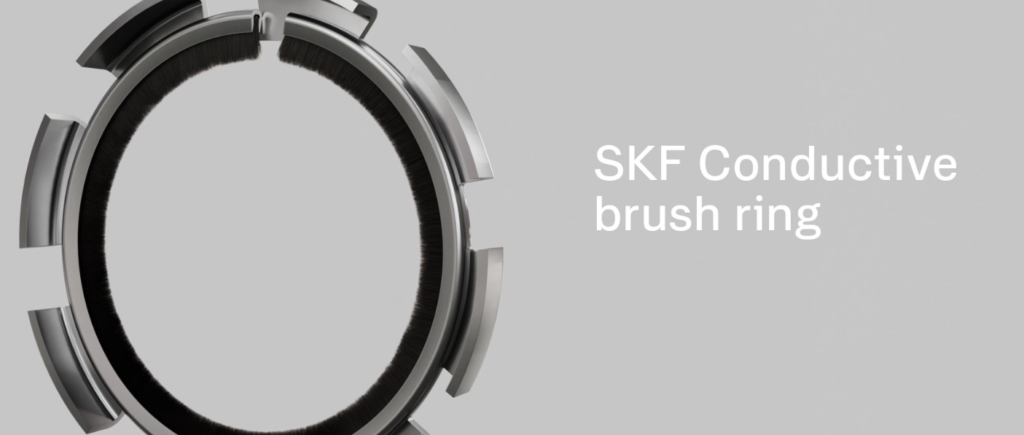April 4, 2024 – Faced with new challenges in the design of electric vehicle (EV) powertrains, SKF has successfully developed a new conductive ring solution. This innovation is designed to provide a reliable electrical ground connection between the EV electric drive rotor shaft and the housing, extending the expected service life of the EV electric drive system. The introduction of SKF’s conductive ring not only enhances the stability of the electric drive system, but when used in conjunction with SKF’s hybrid ceramic ball bearings, it also effectively mitigates the corrosive effects of parasitic currents on the electric drive bearings and other components, thereby preventing premature failure.

The conductive rings are part of SKF’s strategy to strengthen innovation in electric drive systems for electric vehicles, demonstrating the company’s commitment and ability to meet new challenges in the automotive industry.
Kerstin Enochsson, President of SKF Automotive, said: Electrification of drive systems is a fast-growing area of strategic importance for passenger cars and commercial vehicles. We are committed to developing advanced solutions to meet the new challenges in this area and to strengthen SKF’s position as a leading supplier to the global automotive industry.
Designed for advanced electric vehicle architectures, the product features high-density electrically conductive fibre bristles for long life, stable electrical properties and a very low coefficient of friction. At the same time, the conductive ring is designed to be flexible in its configuration for both wet (oil-cooled) motors and will soon be available in a version for dry (water-cooled) motors.
We are working closely with our industry-leading customers to meet the challenges of vehicle electrification,” notes Dr Joanna Urbanek, Director of SKF’s Powertrain and Drive Control business line. This new product launch will further enrich our portfolio of innovative solutions for the electrification of mobility.
Easy integration
It is worth mentioning that SKF conductive rings have a compact and scalable form factor that makes them easy to integrate into customers’ existing or new electric drive systems. In a typical application, it is mounted at one end of the motor, providing the ground electrical connection, while SKF hybrid ceramic ball bearings act as insulation at the other end.
Addressing challenges in electric vehicle powertrains
Next-generation electric vehicle powertrain architectures compactly integrate high-power motors, reduction gears and sophisticated electronic controls. However, installing high-speed, high-pressure components in limited space can trigger side effects that lead to premature failure of critical components.

SKF Conductive Rings
One of the main challenges is parasitic currents. Parasitic currents circulate between the stator windings and the housing, inducing a shaft voltage, which in turn generates circulating shaft currents through mechanical components such as bearings, triggering discharges and eroding the bearing’s working surfaces. This “micropitting” phenomenon not only increases bearing noise and vibration, but may even lead to early failure. The introduction of SKF conductive rings provides an effective solution to this industry problem and injects new vitality into the reliability and durability of high-performance electric vehicle powertrains.